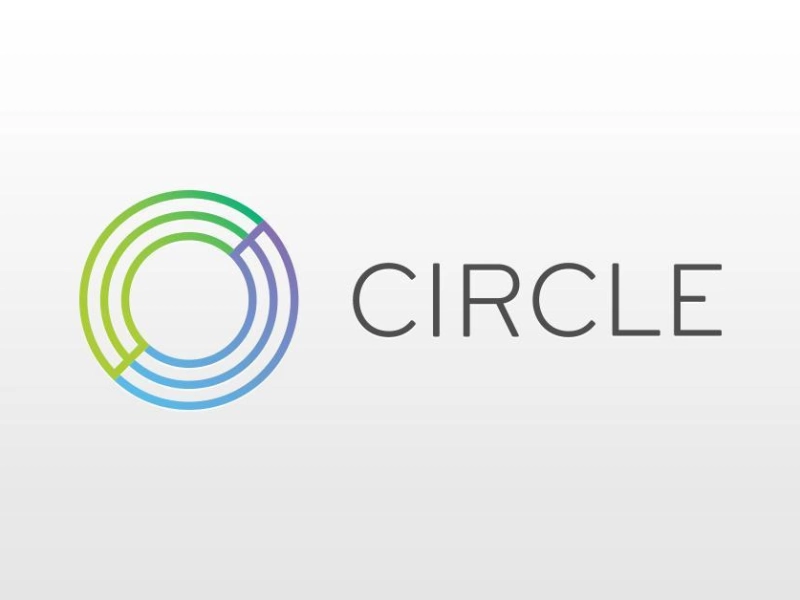Circle has adjusted its USDC reserves in case of a U.S. government debt default
Circle, the issuer of USDC stablecoin, has adjusted its USDC stablecoin reserve collateral in the event of a U.S. government debt default
The issuer of the second-capitalized stablecoin has abandoned U.S. Treasury securities that mature after May 31
Circle has declined to back reserves with U.S. Treasury securities maturing after May 31 due to concerns that the government could default on its debt, Circle CEO Jeremy Allaire told Politico. Stablecoin issuer USD Coin (USDC) has adjusted its provisioning in favor of short-term Treasury securities.
According to U.S. Treasury Secretary Janet Yellen, U.S. authorities could run out of cash to make payments by June 1 because the $31.4 trillion national debt limit has already been exceeded. If the issue of the national debt limit is not resolved, the United States could face a default on its debt.
"We don't want to bear the investment risk that could materialize if suddenly the U.S. government can't pay its debts," Allaire said.
Circle's USDC is the second-largest stackable coin by market capitalization. There are about 30.1 billion tokens in circulation. Data from the Circle Reserve Fund, which is managed by BlackRock, shows that the company does not hold U.S. government debt securities that mature later than May 31.
Tether, the issuer of the largest USDT stablecoin by capitalization, has invested most of its reserves in U.S. government debt securities. About 85% of all its reserves are held in the form of liquid assets - money in bank accounts, cash equivalents, and other short-term instruments, of which U.S. Treasury bills account for 76.5%.
- IRS files $44 billion in claims against FTX Group
- Investment idea: To make money on the cryptocurrency BNB
- Bitcoin forecast for the week
- OKX cryptocurrency exchange tightened customer verification rules
- Former Coinbase employee received 2 years in prison for insider trading
- 250MW mining centers to be built in UAE desert climate
- Bitcoin surpassed $28 thousand after the release of U.S. inflation data






